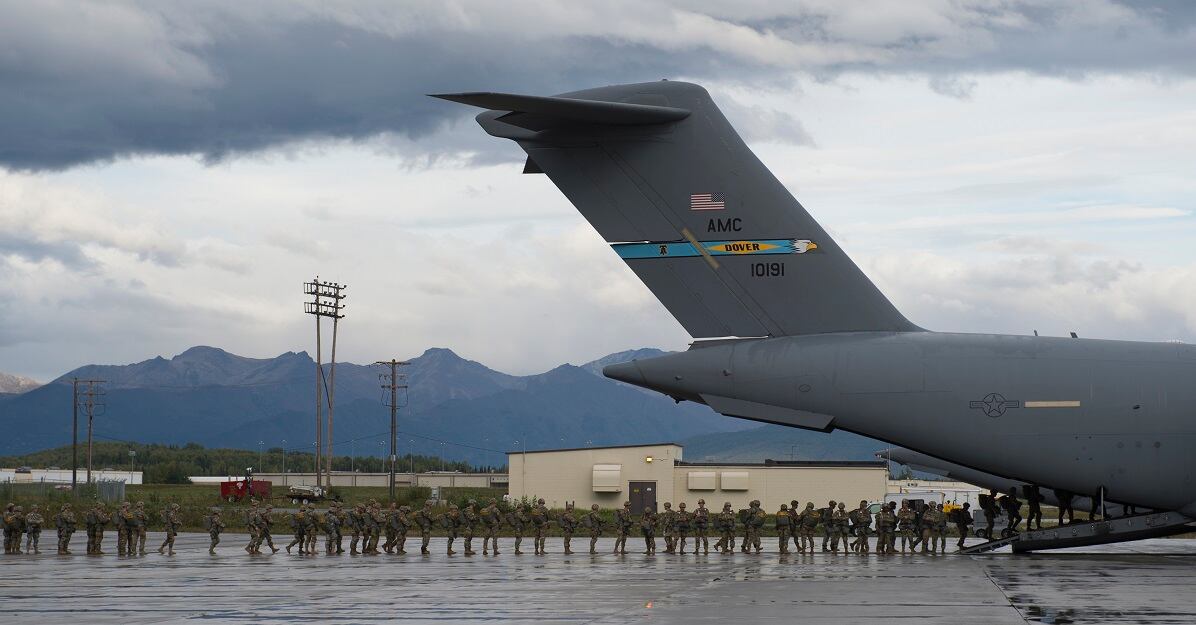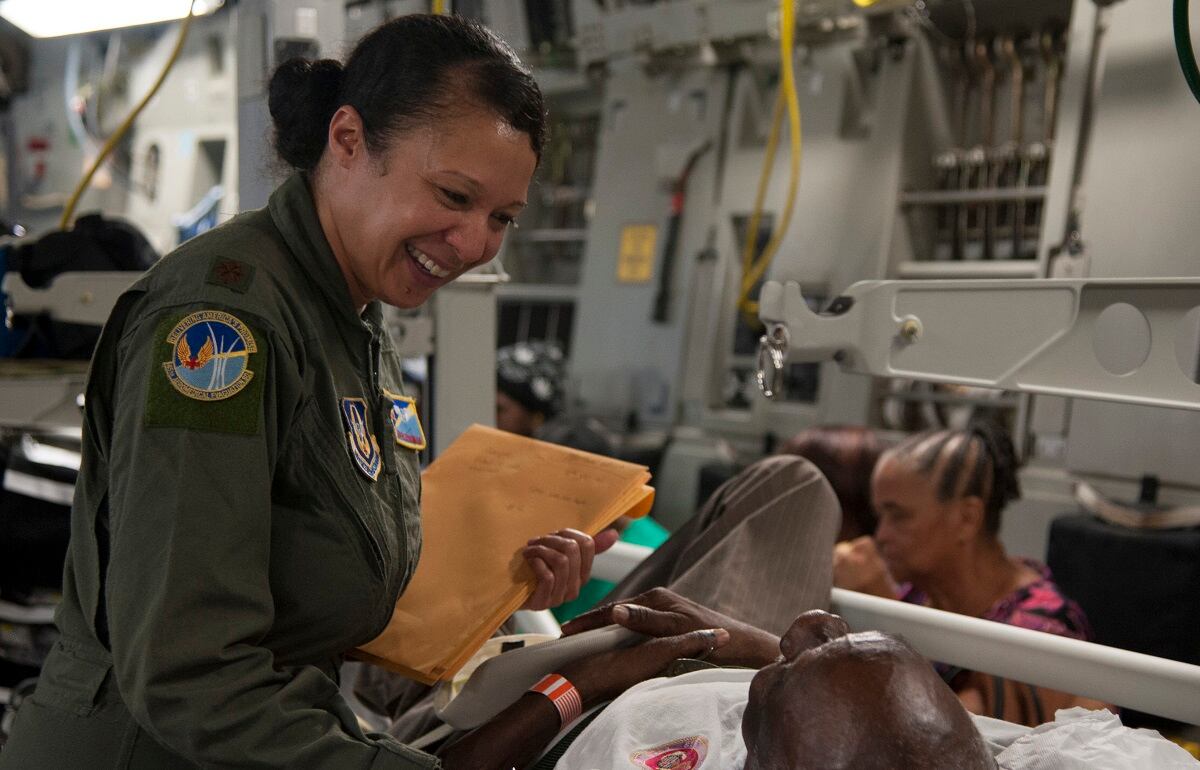As future defense environments are forecast and defense budgets unfold, the nation’s demands for mobility capability will trend upward, if 2017 is a predictive guide. In any future environment, a robust mobility capability will be required; the versatility it offers as an instrument of national power is foundational to military, diplomatic and even economic success.
Mobility forces are the military equivalent of football’s offensive line. With the capability, a strong offense is empowered, without it, a team doesn’t get off the ground.
Consider for a moment that nearly 40 percent of the U.S. airpower in the fight against ISIS is represented by aerial refueling capability. Tankers fuel the reach for a persistent and continuous presence in the Pacific, offer reassurance to our European partners and help others around the globe.
Thirsty state-of-the art fighter aircraft, with their surgical precision-strike capabilities, depend on America’s reliable, vintage gray aerial refueling fleet to ensure our nation’s resolve. Simply put, today, America’s tanker force ensures America’s Air Force is always there. In operational environments where seconds matter, future tanker fleets will require a makeover to include defensive capabilities such as lasers and technologies to make theses giants in the sky less visible and more survivable.

Airlifters delivered critical equipment and supplies to forces on the ground in Iraq, Syria, and Afghanistan. Expeditionary mobility airmen opened airfields, enabling decisive airpower effects in the fight against ISIS and other nefarious groups, enabling persistent presence on the ground. There will be future demand for more of this Air Force capability.
Mobility platforms deliver powerful humanitarian and diplomatic effects as well.
In 2017, a record-setting year for global natural disasters, mobility airmen and platforms delivered necessary relief and demonstrated American resolve. During the hurricane season, Air Mobility Command and the mobility air forces team flew nearly 1,500 flights, delivering 28 million pounds of supplies to victims of Hurricanes Harvey, Irma and Maria. While hurricane relief was underway, the mobility team delivered critical care supplies and expertise in response to multiple earthquakes in Mexico.

Earlier in the year, an AMC C-130 provided relief to Peru, earning the praise of their president as he greeted the aircrews. Mobility crews also delivered expertise and capability to Argentina to help search for their crew and submarine lost at sea. When America’s Air Force helps others in need, it enhances the nation’s global reputation and builds trust. A robust future mobility fleet will definitely be helpful in this regard.
Our nation’s military helps drive economic stability around the world, presenting less fertile ground for terrorist networks and bad actors. By building partnership capacity training programs, the U.S. can offer friends and partner nations not only military capability but also a potential future economic boost and transferable skills.
Consider the current U.S. airline industry hiring boom. Fact: A mobility airman’s skill sets are ideally and best suited to the big body commercial airliners that traverse the skies. These same platforms fuel U.S. businesses and the economy. It’s not a secret that pilots trained by the Air Force represent future economic benefits and opportunity for the nation. Mobility forces have the capability to be front-and-center for building military international partnership capacity with a secondary benefit of forging enhanced future economic and security stability.
There are numerous examples of mobility needs around the globe. Need an airfield open? We’ve got it! Expeditionary mobility airmen are usually the first in, with expertise, equipment and supplies. Air Mobility Command provides lift for everyone from the president of the United States to the joint force team, and ensures those injured on the battlefield make it home to care.
Much the same as a dominant offensive lineman, the mobility airman doesn’t typically garner headlines, but a clear requirement for the capability is required for the future. A strong, capable and modern mobility capability will ensure America remains ready to fight tonight and is always there in the future.
Col. Chris Karns is director of public affairs at Air Mobility Command, headquartered at Scott Air Force Base, Illinois.





